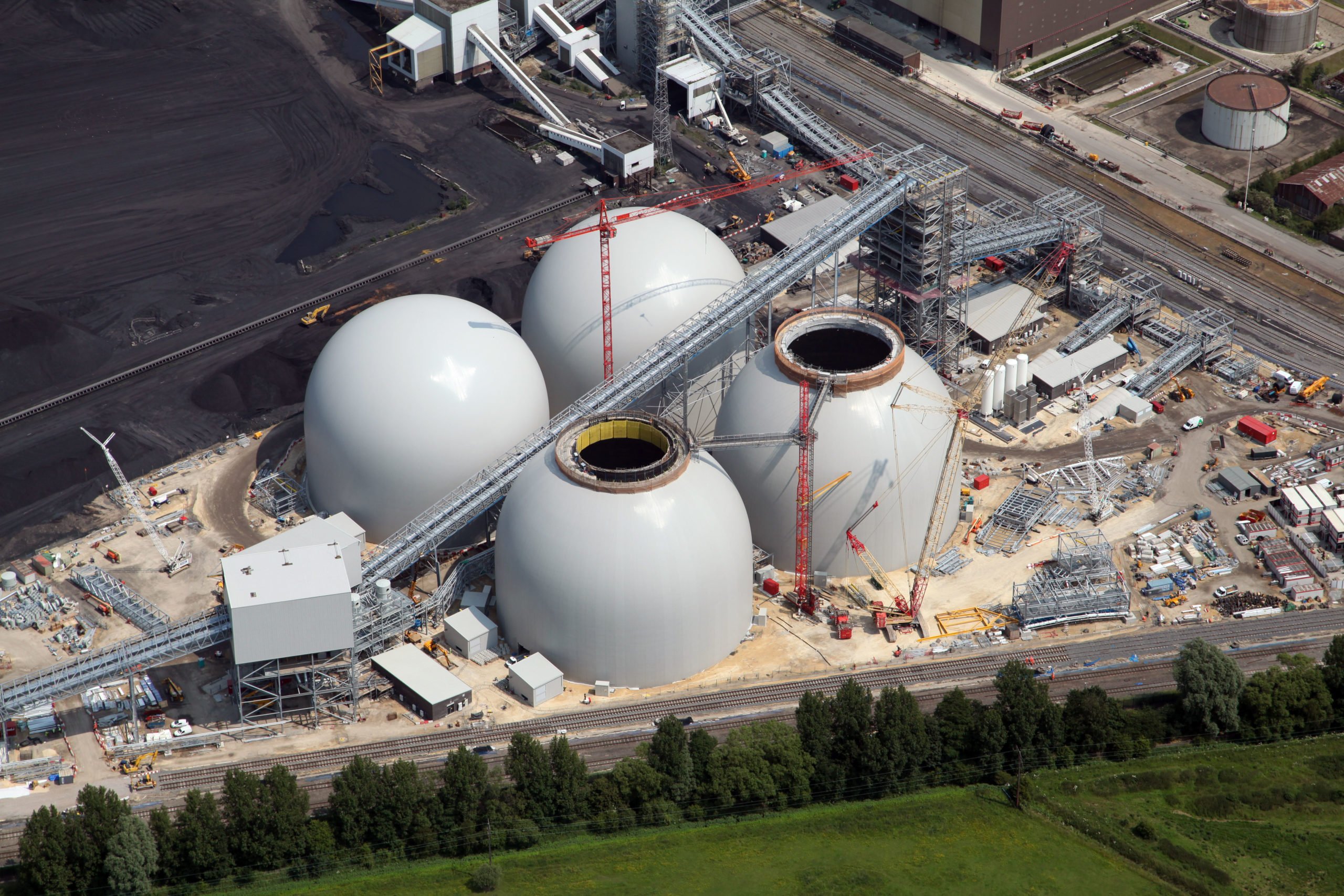Countries must make far greater efforts to implement their climate strategies this decade to stand a chance of keeping global temperature rise within 1.5C of the pre-industrial average.
Continued delays will only increase the world’s reliance on uncertain carbon dioxide removal technologies (CDR), according to the UN Environment Programme (UNEP).
In its latest annual assessment of progress on global climate action, the Emissions Gap Report 2023, UNEP pointed to progress since the Paris Agreement. When it was adopted in 2015, greenhouse gas emissions were projected to rise 16% by 2030. Today, that increase is projected to be 3%.
But from now emissions must fall 28% by 2030 to keep temperature rise to 2C, or 42% to stay within 1.5C, and countries are failing to match this need with action, UNEP found.
Current climate policies will result in a rise of 3C this century. The increase will be limited to 2.9C if countries fully implement their national climate plans (known as Nationally Determined Contributions, or NDCs).
This could be kept to 2.5C if plans by developing countries, which are currently conditional on obtaining financial support, are carried out – since that would result in a 9% fall in emissions.
In UNEP’s most optimistic scenario, where all conditional NDCs and net zero pledges are met, limiting temperature rise to 2C could be achieved, UNEP says. This scenario is considered to give at best a 14% chance of limiting warming to 1.5C.
Now, 97 countries have pledged to meet net zero emissions, up from 88 last year. Pledges cover 81% of the world’s greenhouse gases (GHGs). However, the authors do not consider these pledges to be credible, pointing out that none of the G20 countries are reducing emissions at a pace consistent with their net-zero targets.
National net zero plans have several flaws, according to Anne Olhoff, chief scientific editor of the report. Many are not legally binding, or fail to have clear implementation plans, and there is a lack of targets between now and the dates when governments claim to be aiming for net zero, she says.
Emissions are still going up in countries that have put forward zero emission pledgesAnne Olhoff, chief scientific editor of the report
“But most importantly, emissions are still going up in countries that have put forward zero emission pledges. There are many ways to net zero, but at some point you need to peak and reduce. And the longer you wait until you peak, the more difficult it’s likely to be to actually get to net zero,” she says.
Under the Paris Agreement, ambition in the NDCs is designed to be ramped up over time. At COP28, which begins in Dubai at the end of November, countries will debate how to build new ambition under the first Global Stocktake. This will inform the next round of NDCs that countries should submit in 2025, which will have targets for 2035.
Countries should focus on implementing existing policies this decade, rather than pledging higher targets for 2030, says Olhoff.
“Whether or not the ambition of the 2030 targets is raised or not is less important than achieving those targets. If countries find that they can also strengthen ambition for 2030, that’s an added benefit,” she says.
The more action taken this decade, the more ambitious countries can be in their new targets for 2035, and the easier it will be to achieve those targets, she points out.
The report states that high-income and high-emitting countries among the G20 should take the most ambitious and rapid action, and provide financial and technical support to developing nations.
However, it adds that low- and middle-income countries already account for more than two-thirds of global greenhouse gas emissions. Development needs in these countries need to be met with economic growth that produces low emissions, such as by reducing energy demand and prioritising clean energy, it says.
“This is an extremely large and diverse group of countries, and the opportunities for low-emissions growth depend a lot on national circumstances,” Ohloff says. Proposed reforms to international finance through multilateral development banks should improve access to finance and the ability of developing countries to attract investment. Borrowing often costs a lot more in these countries than in developed ones, she says.
But some countries who suffer from corruption need to “get their own house in order” and improve governance to avoid this, she adds.
The role of carbon removal
The report points out that the world will also need to use carbon dioxide removal (CDR), which the authors see as having a role on three timescales.
It can already contribute to lowering net emissions, today.
In the medium term, it can contribute to tackling residual emissions from so-called hard-to-abate sectors, such as aviation and heavy industry.
And in the longer term, CDR could potentially be deployed at a large enough scale to bring about a decline in the global mean temperature. They stress that its use should be in addition to rapid decarbonisation of industry, transport, heat and power systems.
CDR refers to the direct removal of CO2 from the atmosphere and its durable storage in geological, terrestrial or ocean reservoirs, or in products. It is different to carbon capture and storage (CSS), which captures CO2 from emissions at their sources, such as a power station, and transfers it into permanent storage. While some CCS methods share features with CDR, they can never result in CO2 removal from the atmosphere.
Some CDR is already being deployed, mainly through reforestation, afforestation and forest management. However, this is very small scale, with removals estimated at 2 gigatonnes of carbon dioxide equivalent (GtCO2e) annually. Research and development into more novel technologies is increasing, with methods including sequestering carbon in soil; enhanced weathering, which speeds up the natural weathering of rocks to store CO2; and direct air capture and storage (DACC), where CO2 is extracted from the atmosphere.
There are multiple risks associated with scaling up CDR. These include competition with land for food, protection of tenure and rights, as well as public perception. In addition, the technical, economic and political requirements for large-scale deployment may not materialise in time, UNEP says. Some methods are very expensive, particularly DACC, which UNEP estimates at US$800 per tonne of CO2 removed.
Governments have tended not to specify the extent to which they plan to use CDR to achieve their emission-reduction targets, nor the residual emissions they plan to allow annually when achieving net-zero CO2 and greenhouse gas emission targets, UNEP found. Estimates of the implied levels of land-based removals in long-term strategies and net-zero pledges are 2.1-2.9 GtCO2 of removals per year by 2050, though this is based on an incomplete sample of 53 countries, the report notes.
Politicians need to coordinate the development of CDR, the report states. Dr Oliver Geden, lead author of the chapter on CDR, explains that governments need to clarify their role in national and global climate policy, and develop standards for measuring, reporting and verifying emissions reductions that can eventually be included in national GHG inventories under the UN climate change process.
“At COP28, the [Global Stocktake] decision could clarify the role of CDR in global climate policy and demand the inclusion of CDR as a separate item in NDCs for 2035, which are due by 2025,” he says.










